The world of big cats is one of majesty, mystique, and ecological importance. From the snow-capped mountains to dense jungles, these apex predators have roamed freely for millennia. However, in an era marked by rapid environmental and socio-economic changes, the future of big cats is under significant threat. This article explores the fate of big cats in a rapidly changing world, examining the challenges they face and the vital measures necessary for their survival.
Big Cats: An Overview
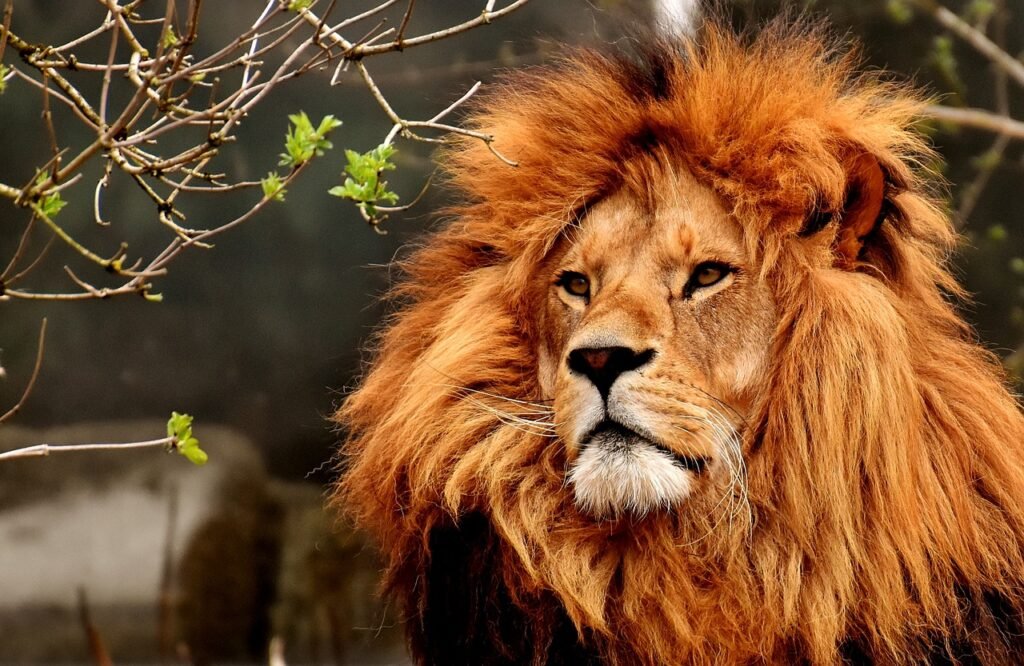
Big cats, encompassing species like lions, tigers, leopards, and jaguars, play a crucial role in maintaining the health and balance of ecosystems. Their presence helps regulate prey populations, which in turn influences vegetation and other animal communities. Unfortunately, human activities have increasingly fragmented their habitats and compromised their survival.
Threats to Big Cats
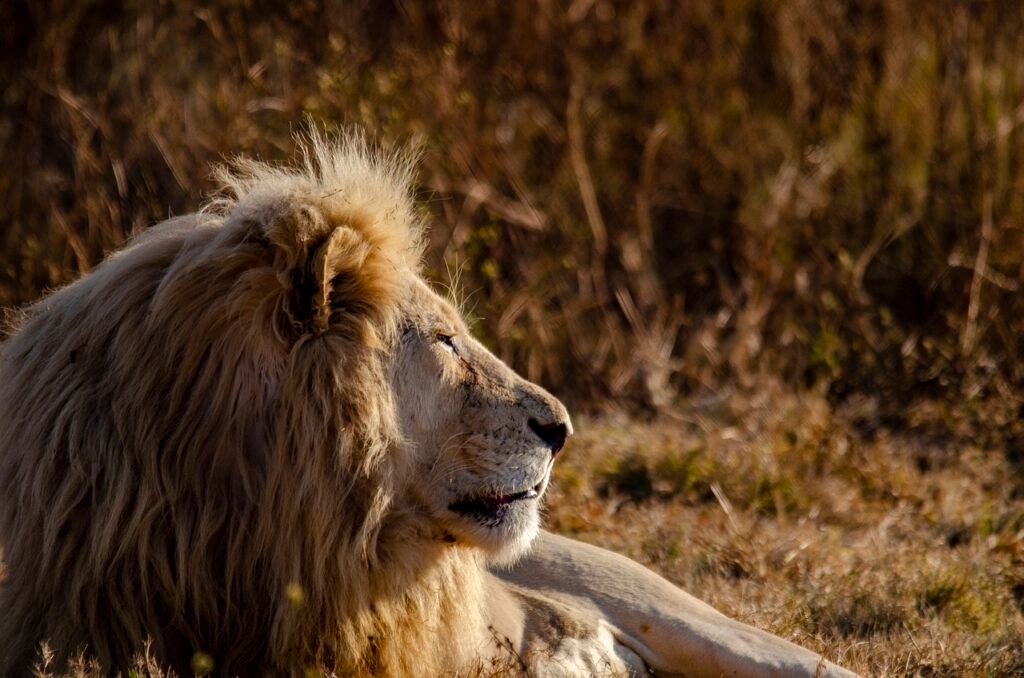
Several significant threats loom over big cats today. Habitat destruction, primarily due to deforestation, agriculture, and urban expansion, is a primary concern. In addition, poaching, driven by demand for fur, bones, and other body parts, remains a significant threat. As apex predators, big cats are also vulnerable to diminishing prey due to overhunting by humans. Together, these challenges severely impact their chances of survival.
The Impact of Climate Change
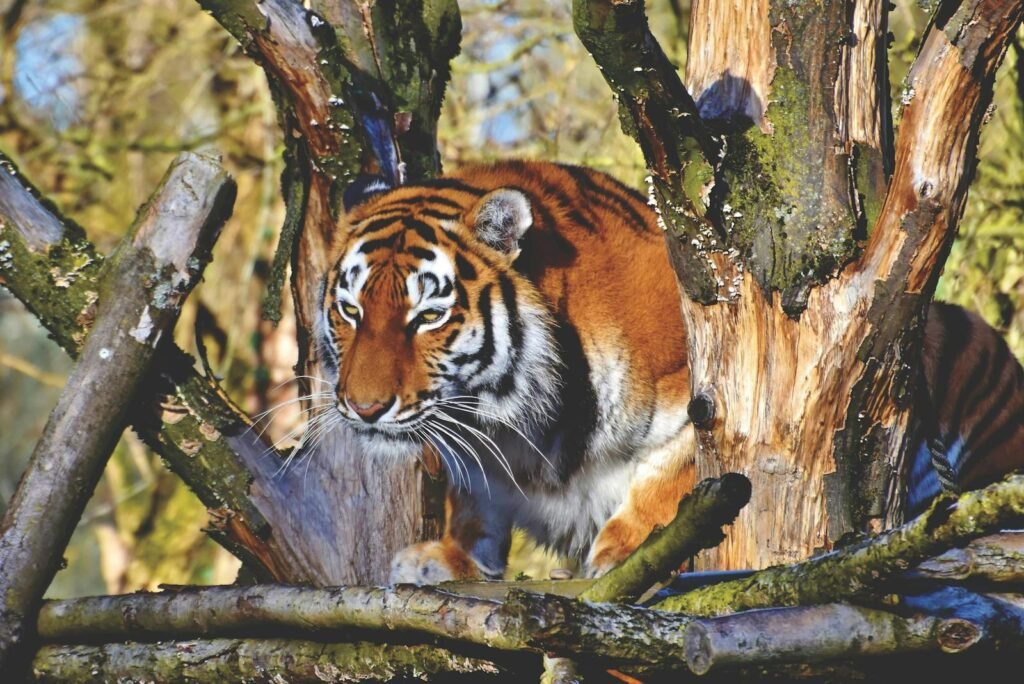
Climate change compounds existing challenges for big cats, altering their habitats and direct survival odds. Rising temperatures, shifting weather patterns, and increased frequency of natural disasters impact prey availability and force big cats to seek new territories. As they move, these cats often come into conflict with human populations, leading to increased risks of retaliatory killings.
Conservation Efforts
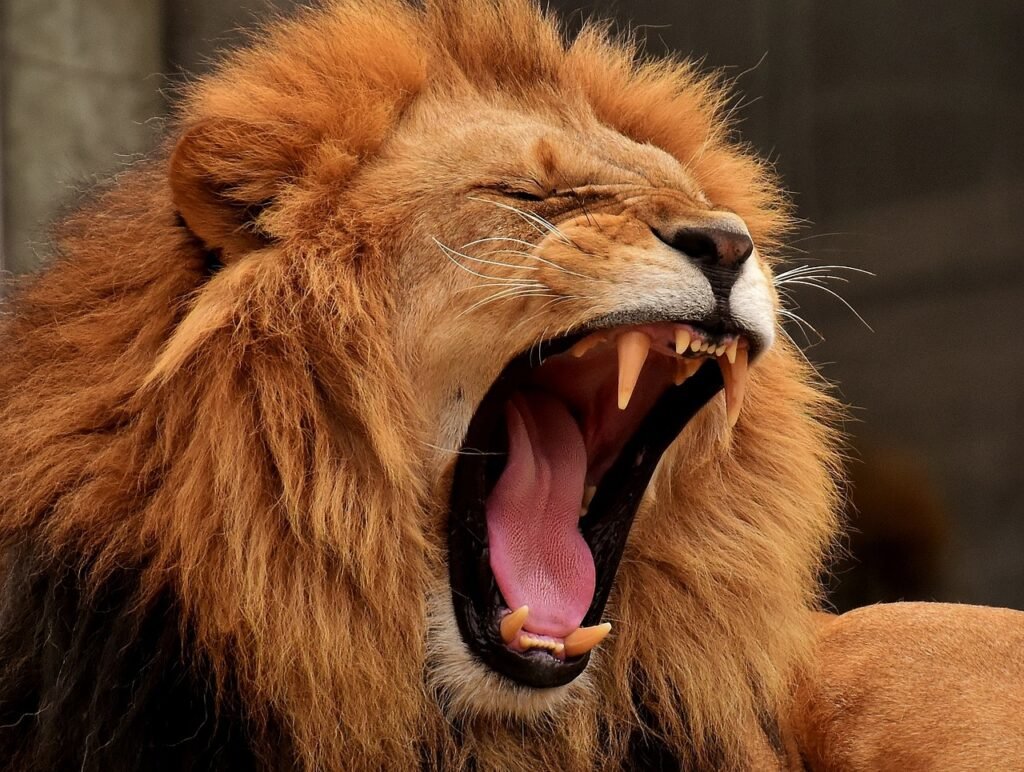
Globally, numerous organizations and governments are working to counteract these threats. Conservation efforts include establishing protected areas, rewilding projects, anti-poaching measures, and fostering coexistence between big cats and human communities. These efforts are crucial not only for preserving big cat populations but for ensuring biodiversity at large.
The Role of Technology
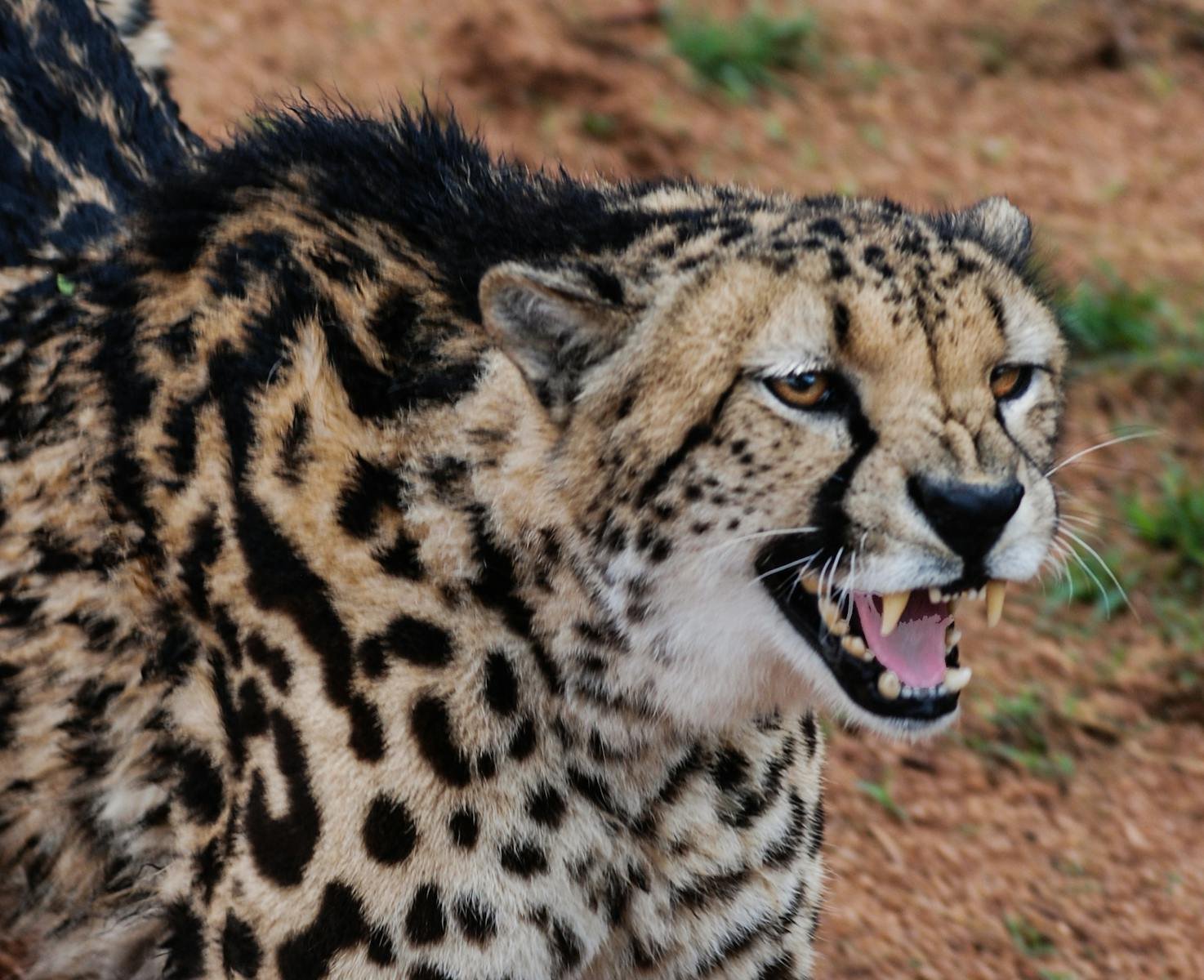
Emerging technologies play a critical role in the conservation of big cats. GPS collars provide biologists with vital information on the movement and behavior of these animals, helping adapt conservation strategies. Additionally, camera traps and drones offer insights into population numbers and habitat use, supporting effective management plans.
Community Involvement
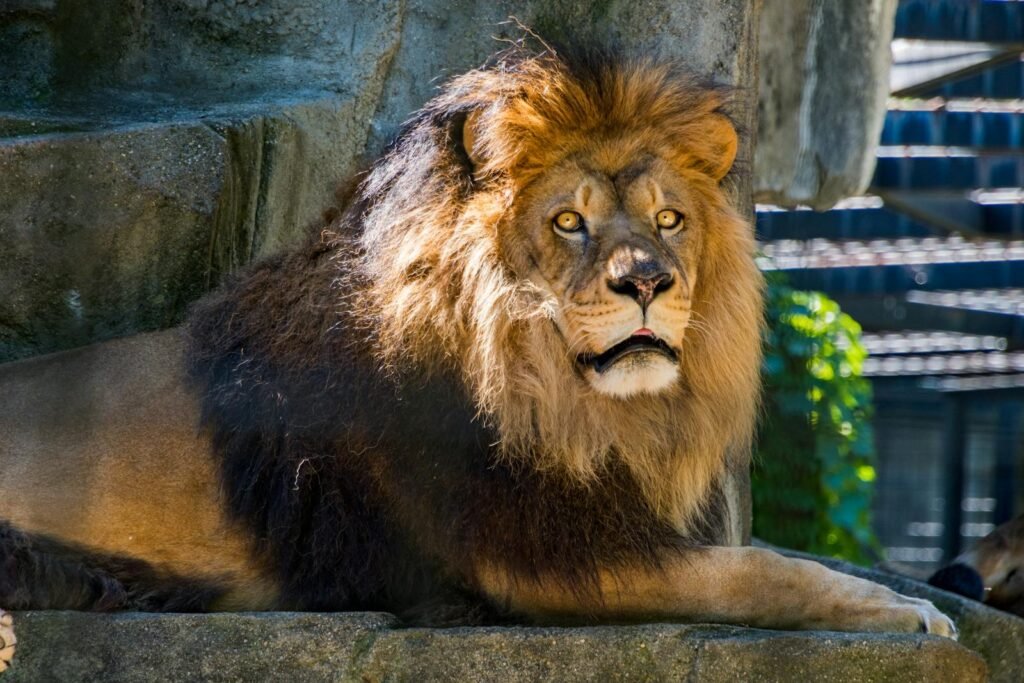
Local communities hold the key to successful conservation efforts. Educating people about the ecological roles of big cats and addressing human-wildlife conflict is essential. By involving local populations in conservation and creating economic incentives through eco-tourism, there is potential to transform big cats from threats into valuable resources for community-supported conservation.
International Cooperation
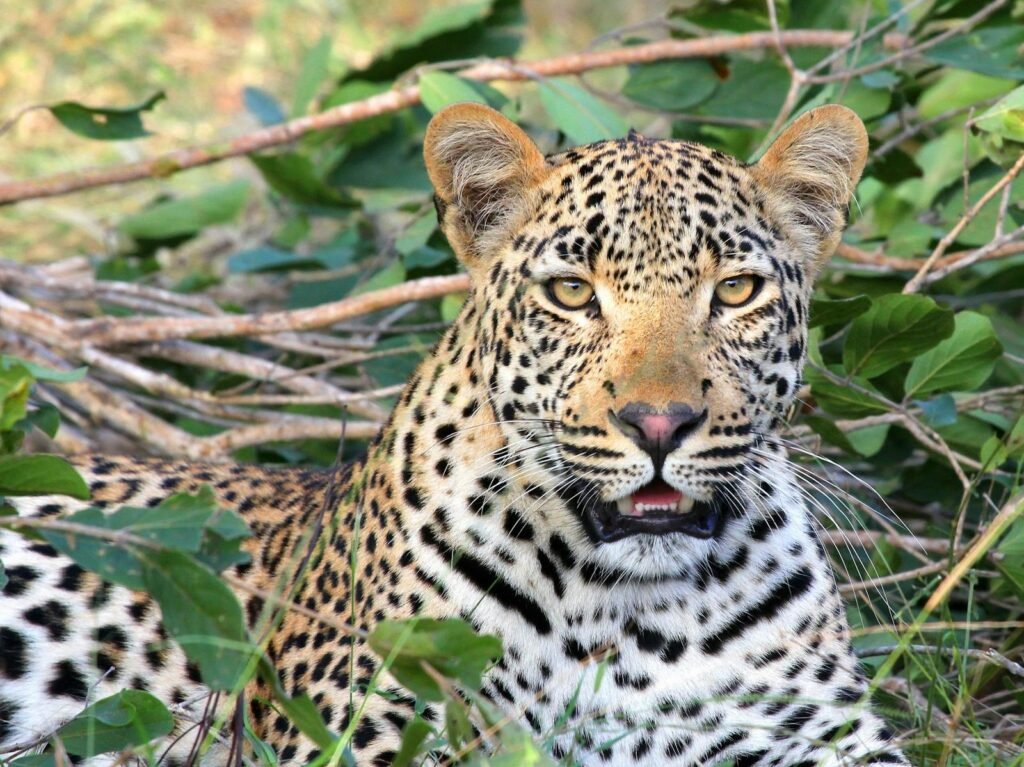
Conservation is not limited by national borders. Species like tigers and leopards often roam across countries, highlighting the need for international cooperation. Treaties, regional partnerships, and cross-border conservation initiatives are vital for safeguarding migratory routes and ensuring genetic diversity among big cats.
Future Challenges and Opportunities
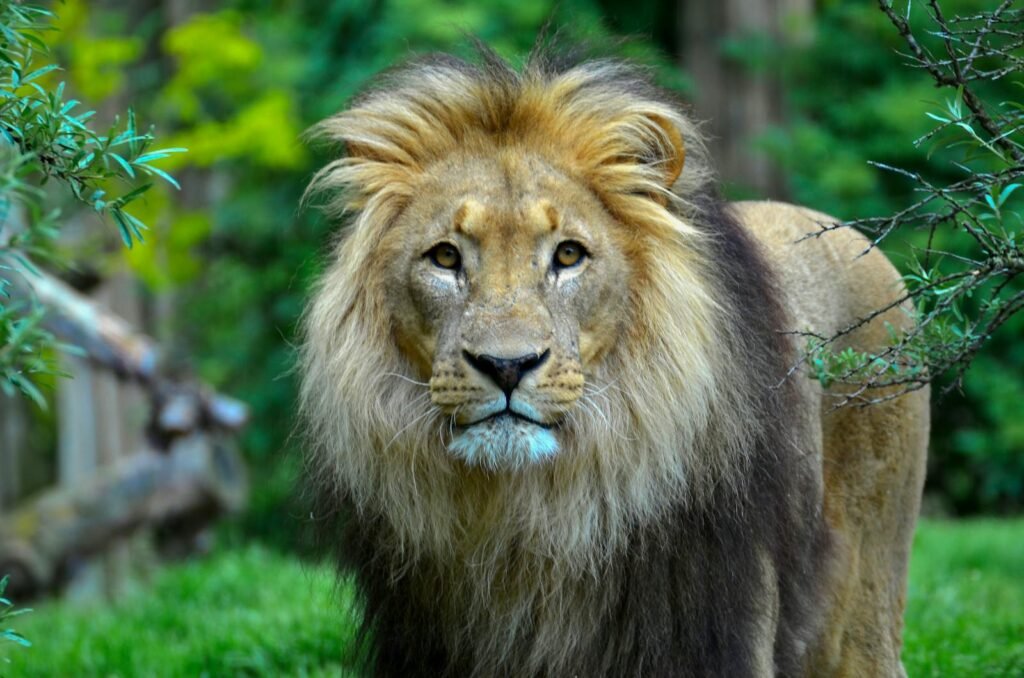
The future of big cats depends on addressing numerous challenges, including political will, financial resources, and human-wildlife conflicts. However, there are also significant opportunities. Advances in science and technology, combined with public awareness and international cooperation, offer hope for securing a future where big cats continue to thrive.
The Importance of Research and Monitoring
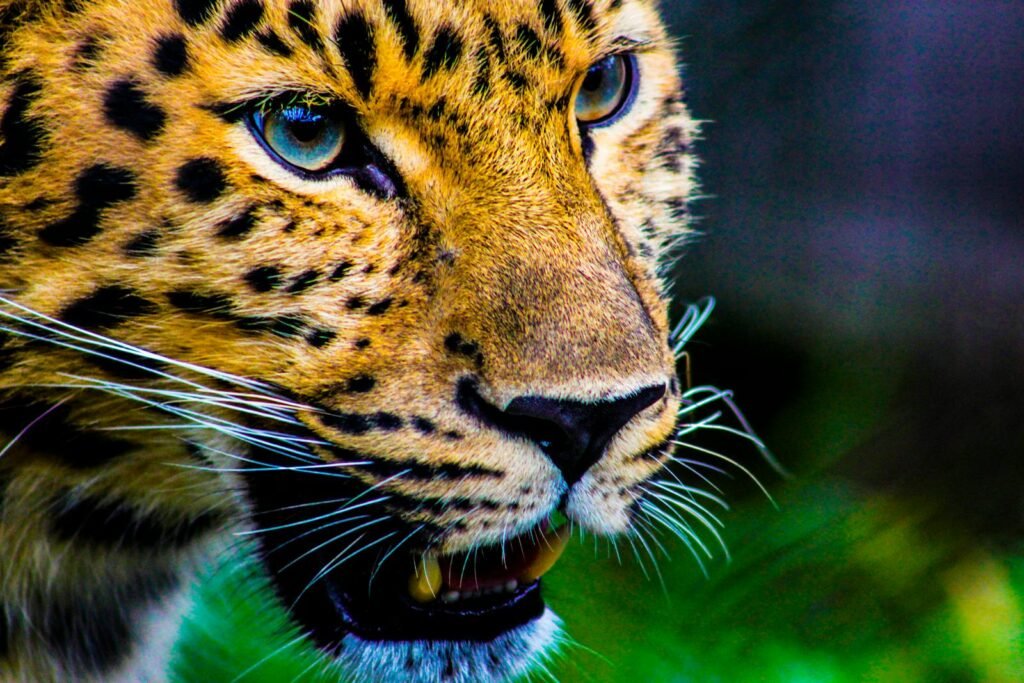
Continued research and monitoring are critical to understanding and mitigating threats to big cats. Studies on behavior, genetics, and ecology provide insights necessary for informed conservation strategies. Long-term monitoring helps measure conservation success and adapt strategies to new challenges as they arise.
Conclusion
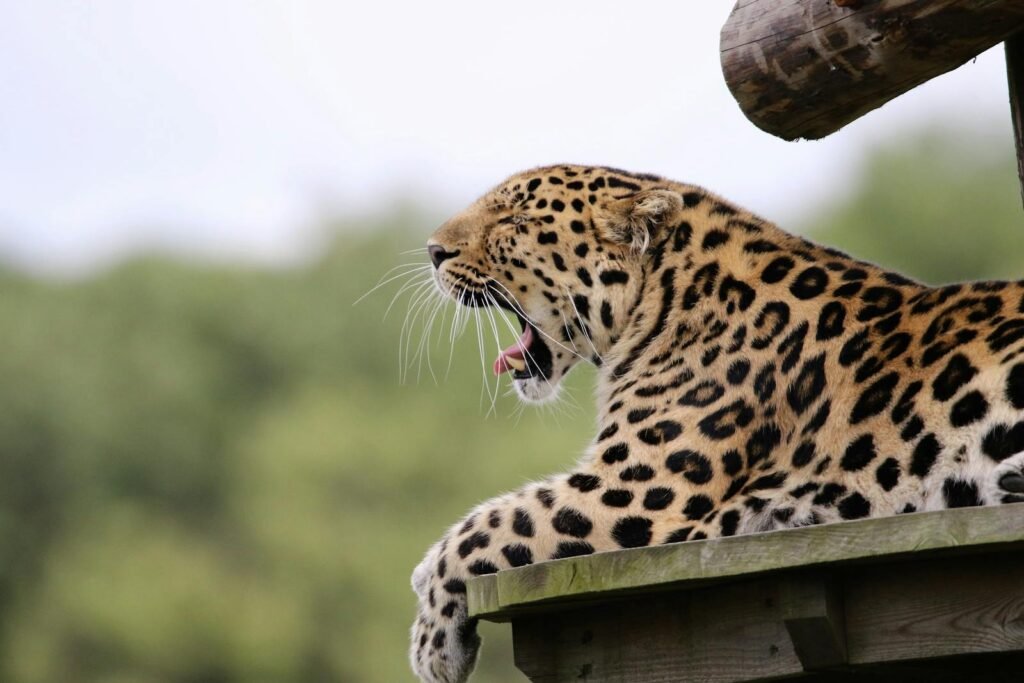
The plight of big cats in a rapidly changing world is a microcosm of broader environmental challenges. By focusing on these magnificent creatures, we can help ensure a future that preserves the planet’s biodiversity. Protecting big cats requires a concerted effort involving cutting-edge science, community engagement, and international cooperation. With these concerted efforts, we can hope to see big cats continue to roam the Earth for generations to come.
Hi, I’m Bola, a passionate writer and creative strategist with a knack for crafting compelling content that educates, inspires, and connects. Over the years, I’ve honed my skills across various writing fields, including content creation, copywriting, online course development, and video scriptwriting.
When I’m not at my desk, you’ll find me exploring new ideas, reading books, or brainstorming creative ways to solve challenges. I believe that words have the power to transform, and I’m here to help you leverage that power for success.
Thanks for stopping by, Keep coming to this website to checkout new articles form me. You’d always love it!






